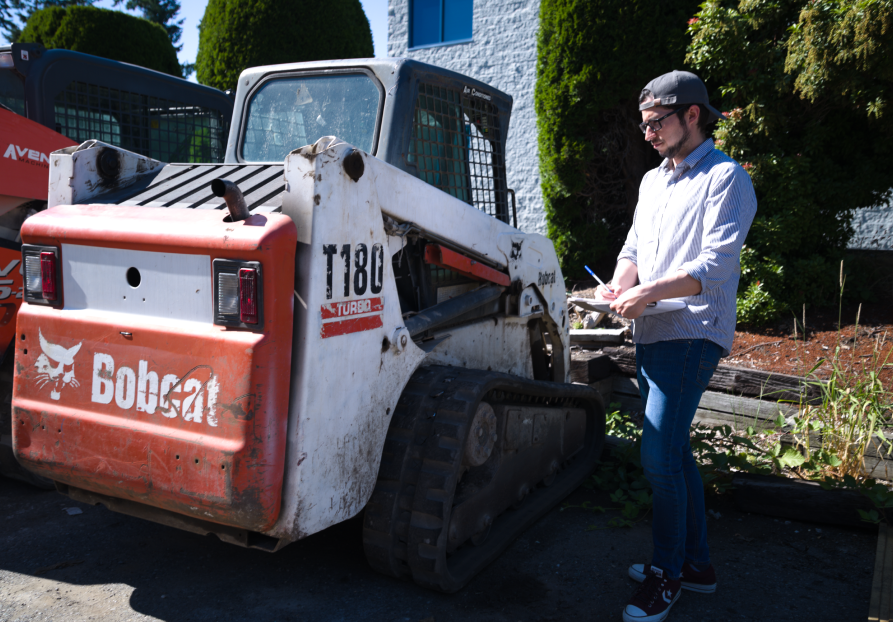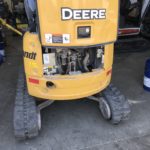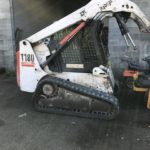Bobcat Case Skid Steer Troubleshooting Guide: DIY Tips and Fixes
Skid steer loaders, including Case skid steer models, have revolutionized construction and landscaping. Their compact size, impressive maneuverability, and versatility make them essential tools. Among top brands, Bobcat skid steers shine for reliability and performance. Yet, even the sturdiest machines can face challenges due to heavy use, harsh conditions, and wear and tear. This comprehensive guide, covering both Bobcat and Case skid steer troubleshooting, delves into common problems operators might face. Discover DIY solutions and tips to maintain smooth machine operation.
Understanding Common Bobcat Skid Steer Issues
Bobcat skid steer loaders are designed to tackle various tasks, from lifting and moving heavy materials to excavating and grading. Despite their durability, they can experience specific issues that can hinder productivity. Here are some of the most common problems you might encounter with your Bobcat skid steer:
1. Hydraulic System Leaks (Hoses and Seals)
The hydraulic system is the lifeblood of a skid steer. Hydraulic fluid leaks can lead to decreased performance and potential safety hazards. Regularly check hoses, seals, and connections for signs of leakage. If you spot any leaks, address them promptly to prevent further damage.
2. Engine Starting Problems
A skid steer that refuses to start can quickly bring work to a standstill. This issue could be due to a faulty starter motor, a weak battery, or problems with the ignition system. Before assuming the worst, check the battery’s voltage and connections and inspect the starter motor for any visible issues.
3. Lift and Tilt Cylinder Problems:
The lift and tilt cylinders are crucial for various tasks. If you notice irregular movement or the machine fails to lift and tilt as expected, it could indicate problems with the hydraulic cylinders. Inspect the cylinders for damaged seals and ensure that hydraulic fluid levels are within the recommended range.
4. Unusual Noises
Unusual sounds can be a cause for concern. Grinding, squealing, or knocking noises might indicate issues with bearings, belts, or other mechanical components. Investigate the source of the noise and take action to prevent potential breakdowns.
DIY Case Skid Steer Troubleshooting and Fixes
While some issues may require professional attention, many common problems can be addressed with basic DIY troubleshooting and fixes. Here’s a step-by-step approach to resolving some of the common Bobcat skid steer problems:
1. Fluid Checks:
Inspect hydraulic fluid, engine oil, and coolant levels regularly. Low fluid levels can lead to poor performance and damage to components. Top up fluids as needed and ensure they are at the recommended levels.
2. Addressing Leaks:
Take immediate action if you discover hydraulic fluid leaks. Tighten loose connections and replace damaged hoses or seals. It’s crucial to use replacement parts compatible with your specific Bobcat model.
3. Battery Inspection:
Check the battery’s connections and voltage. Corroded terminals can disrupt the flow of electricity. Clean terminals and ensure a secure connection. If the battery voltage is low, consider charging it or replacing it if necessary.
4. Starter Motor Issues:
If your skid steer fails to start, it might be due to a worn-out starter motor. Try tapping the starter motor gently with a tool while attempting to start the engine. If the engine turns over after tapping, it’s a sign that the starter motor might need replacement.
5. Cylinder Lubrication:
Proper lubrication is essential for the smooth operation of lift and tilt cylinders. Regularly lubricate pivot points with a recommended grease to prevent friction-related issues.
6. Belt and Pulley Inspection:
Examine belts for signs of wear, cracking, or damage. Replace worn or loose belts to prevent further issues. Additionally, inspect pulleys for proper alignment.
7. Professional Help:
While DIY troubleshooting can address many problems, some might require professional expertise. If your attempts to fix a problem are unsuccessful or you need clarification on a particular repair, consult the Bobcat skid steer manual for guidance or contact a certified technician.
Preventive Maintenance for Longevity
Preventive maintenance is the key to avoiding many standard skid steer problems. Regular maintenance tasks can significantly extend the lifespan of your Bobcat skid steer and reduce the likelihood of unexpected breakdowns. Here are some essential preventive maintenance tasks to consider:
- Regular Fluid Checks and Replacements: Follow the manufacturer’s guidelines for fluid checks and replacements. Hydraulic fluid, engine oil, and coolant levels should be routinely monitored and topped up as needed.
- Air Filter Maintenance: Clean or replace air filters according to the recommended schedule. Clean filters ensure proper air intake, essential for optimal engine performance.
- Pivot Point Lubrication: Grease pivot points regularly to minimize friction and wear on moving components.
- Tire Maintenance: Check tire pressure and condition regularly. Properly inflated and well-maintained tires provide better traction and stability.
- Electrical System Inspection: Verify electrical connections for any signs of corrosion or damage. A secure electrical connection is vital for the machine’s overall functionality.
- Safety Feature Testing: Test safety features such as seat belts, lights, and alarms to ensure they are in working order. These features contribute to the safe operation of the skid steer.
In Conclusion
Bobcat skid steer loaders are potent tools that play a pivotal role in various industries. By understanding common issues and applying the DIY troubleshooting and fixes outlined in this guide, you can maintain the reliability and performance of your Bobcat skid steer. Regular maintenance and proactive problem-solving will keep your machine running smoothly, minimizing downtime and maximizing productivity on the job site. Always prioritize safety, and if you encounter challenges beyond your expertise, don’t hesitate to seek assistance from qualified professionals.



